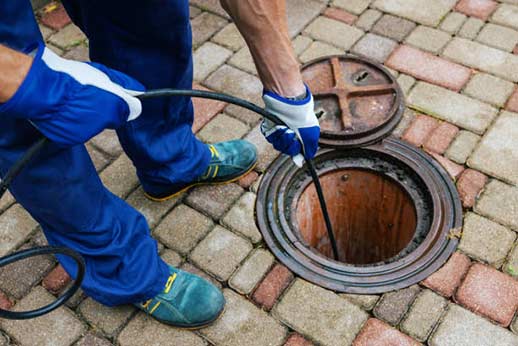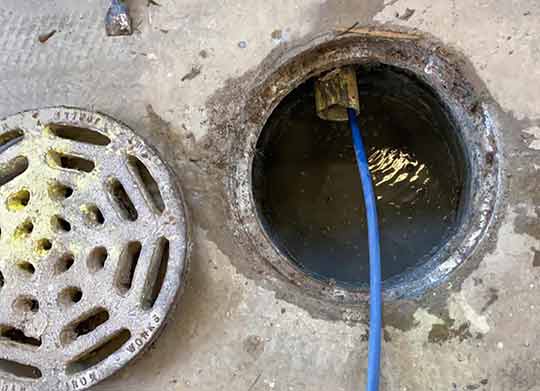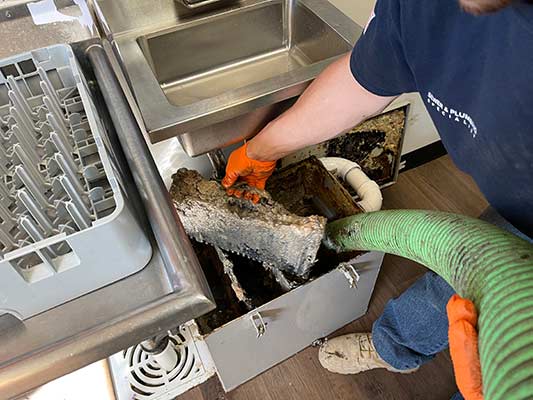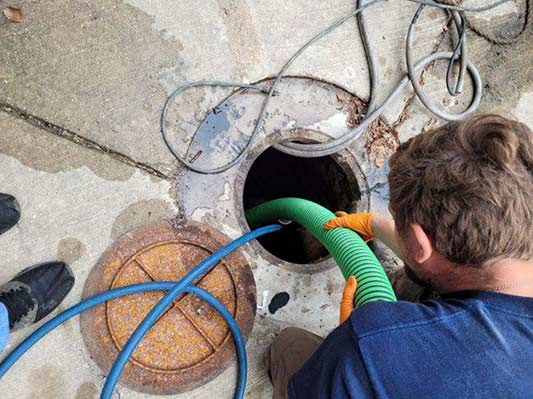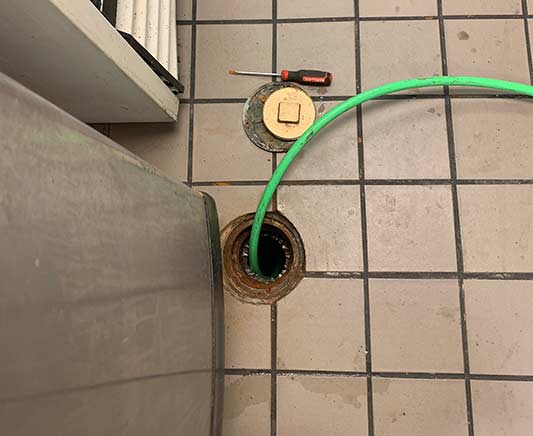
Most commercial buildings in Chicago have at least one storm drain on their property. Storm drains play a vital role in a commercial building’s drainage. They help to capture and channel rainwater away from the property, preventing flooding, erosion, and water damage.
However, Town & Coastal Team says, although storm drains are vital to the operation of the businesses that occupy commercial buildings, they are often left unattended for many years.
Part of this is that some commercial building owners/managers don’t realize that storm drains need maintenance. Also, some are unaware of the potential impact of a clogged storm drain on their building’s structural integrity.
What are the likely problems you can have with your storm drains? The number one issue that affects storm drains is clogging. Like a building’s main sewer line, the storm drains on your property can also become clogged.
Why your storm drain is clogged or broken
When it rains, storm drains transport an unbelievable amount of water. This water often carries a lot of natural debris: twigs, dead animals, leaves, mud, soil, grass clippings, tree branches, etc. All this rubbish can find its way into the storm drain.
Although many storm drains have grated inlets or mesh covers to prevent debris, these can only stop larger pieces of trash. Over time, the storm drain inlet is either blocked or debris starts to build up inside the collection basin.
Other reasons why a storm drain gets clogged include:
Plastic waste, aluminum cans, tires, and other non-biodegradable objects get stuck in the storm drain. Since these items don’t dissolve or break down inside water, they stay inside the drain for a long time, interfering with their normal function.
Tree roots can also pose a problem to your storm drain. If the roots of nearby trees grow into the storm drain, they can slow the flow of water through the channel or block it completely. This problem gets worse as the tree roots grow bigger.
A broken or collapsed storm drain is usually caused by soil erosion, sinkholes, and aging. Instead of removing rainwater from your property, a fractured storm drain will redirect it to other areas where it can cause water damage or even threaten the structural integrity of your building.
Signs that your storm drain is clogged or broken
Pooling water
If the storm drain is clogged, water will pool around the storm drain inlet instead of flowing into the system.
Slow drainage
Water flows slower through a blocked storm drain. If your storm drain is draining slowly, it could be blocked.
Accumulated debris
You may start to see debris piling up around the opening of the storm drain.
Localized flooding
If your storm drain is broken and discharging water into the wrong areas, you may see flooding in strange places on your property.
Foul odors
Decaying organic waste and other materials in stagnant water can cause it to emit a foul smell.
Commercial storm drain maintenance
Keeping your storm drain healthy and functional should be an ongoing process that continues throughout the year, only intensifying as the wet season approaches. Maintaining a storm drain is not hard at all. It just requires you to be proactive and consistent.
The three key elements of commercial storm drain maintenance are regular inspections, scheduled drain cleaning, and prompt action to address problems before they become major issues. You also need a competent plumber to help you weave these three elements into a cohesive unit.
Storm drain inspections
This should be done on a monthly and biannual basis. Each month, but especially during spring and summer or after heavy rains, the drain should be inspected. This surface-level inspection, which can be done by anyone, helps detect abnormalities in the drain’s function.
Professional-level drain inspections should be scheduled on a biannual or yearly basis. The best way to do this is via a sewer camera inspection service. This uses a specialized high-resolution camera inserted into the drain storm channel for up-close assessment of its condition in real-time.
Regular drain-cleaning
This is also in two parts. Monthly, the drain should be cleaned to remove dirt around the opening. Clean the surrounding area to allow rainwater to flow freely into the storm drain.
Once a year or every six months, depending on the amount of debris that enters the drain and the volume of rainfall in your area, the drain should be cleaned professionally using hydro jetting. Hydro jetting is an effective and eco-friendly drain-cleaning method.
Fix problems promptly
It can be as simple as replacing the inlet grate or mess cover when damaged. Prompt repairs should be the natural follow-up to any issues uncovered during inspection. This step helps you save money and time.
Lastly, the plumber or drain-cleaning company you choose matters. An experienced plumber has a wealth of knowledge that makes it easier to detect or prevent problems. Their expertise can help you avoid major drainage issues that cost your business money and time.
—
